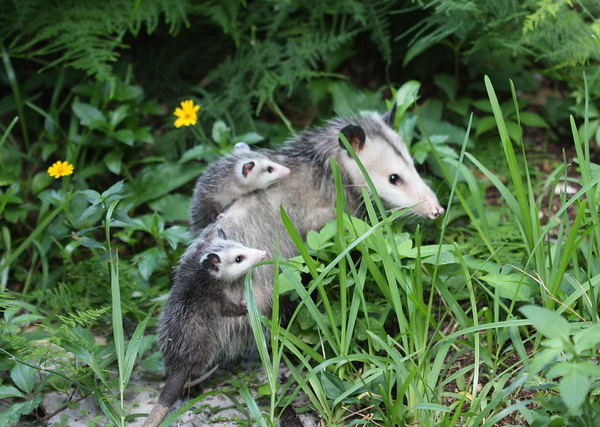Hawaiian Monk Seal
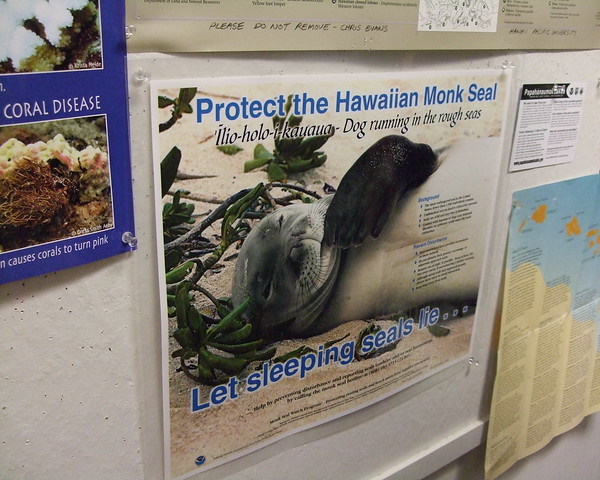 (image via: Kim)
(image via: Kim)
The Hawaiian Monk Seal (Monachus schauinslandi) is a placental marine mammal that is the most primitive of all living seals. Native to the Hawaiian Islands, it’s believed this species of earless seal (they have ears, but they’re internal) descended from the now-extinct Caribbean Monk Seal and dispersed to Hawaii through a now-closed gap between North and South America between 4 and 11 million years ago.
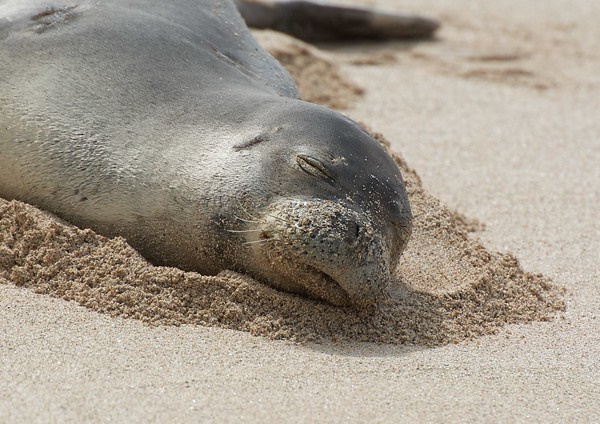 (image via: Pete Markham)
(image via: Pete Markham)
Hawaiian Monk Seals are listed as Critically Endangered by the IUCN and it’s estimated only about 1,100 individuals remain in the wild. Human encroachment on the seals’ habitat combined with injuries sustained in encounters with fishing nets and equipment continue to threaten this species and as they are only found in the Hawaiian Islands, protective measures depend on local involvement.
Echidna
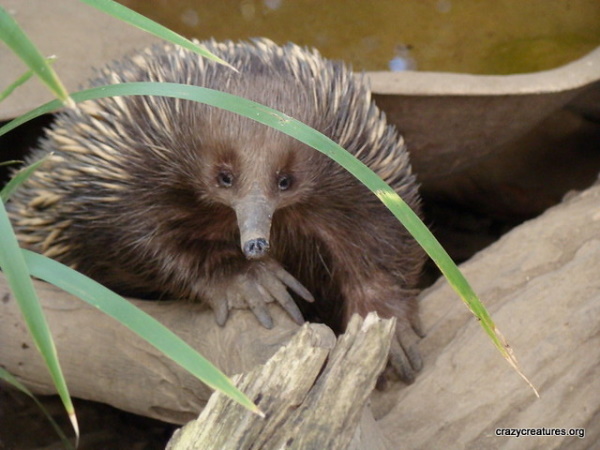 (image via: Laurens)
(image via: Laurens)
The spiny anteaters known as Echidnas (fam. Tachyglossidae) come in two flavors, as it were, short-beaked and long-beaked. Along with the Platypus, Echidnas belong to the ancient order of monotremes. As the only egg-laying mammals, monotremes make even marsupials look advanced.
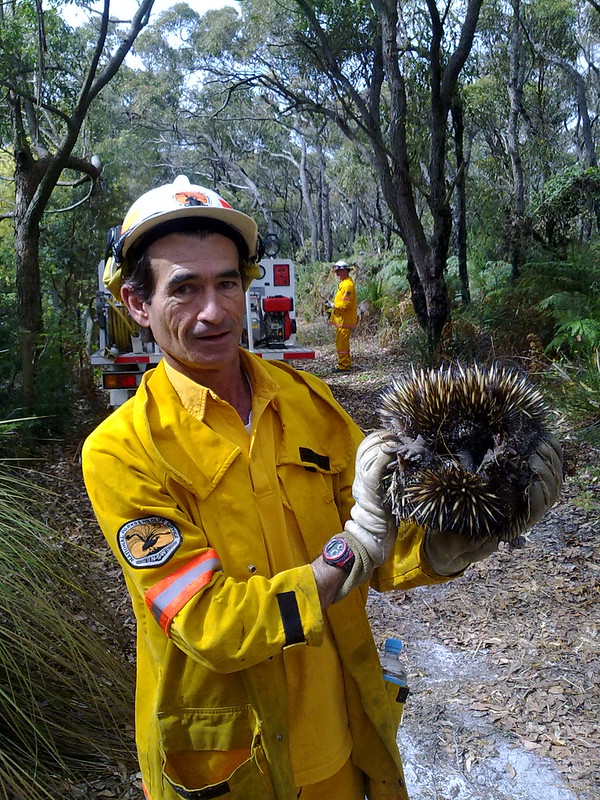 (image via: Doug Beckers)
(image via: Doug Beckers)
Long-beaked Echidnas are native to the island of New Guinea and their Short-Beaked cousins are found in Australia. Echidnas have no nipples; their young lap up milk “sweated” from flat patches of skin on the female’s chest. Male echidnas are even odder; their penises have four heads (only two of which are active during each act of copulation) and are covered with spines. No wonder they’re endangered!

